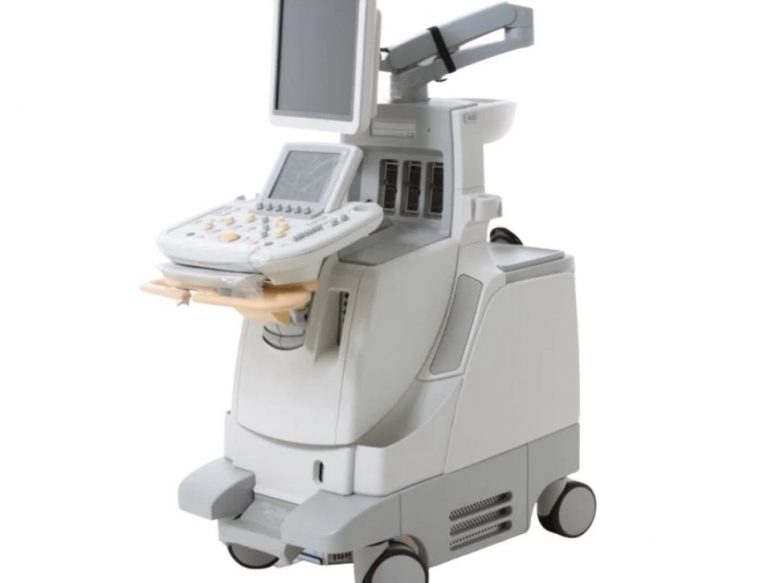Imagine a world where doctors could peer beneath the surface of the human body, exploring deep within the tissues without the need for invasive procedures. This dream has become a reality thanks to the remarkable advancements in ultrasound technology. Ultrasound machines have revolutionized medical diagnostics, providing a safe and non-invasive method to visualize internal structures.
In particular, a Philips ultrasound machine or those by a similar company has proven invaluable when it comes to deep tissue imaging, allowing physicians to uncover hidden details that were once inaccessible. This article delves into the fascinating realm of deep tissue imaging with ultrasound and explores how these machines have transformed medical practices.
Unraveling the Mystery of Deep Tissues
The human body is a complex network of tissues and organs, each serving a specific purpose. Traditional imaging techniques such as X-rays and computed tomography (CT) scans have been instrumental in visualizing the superficial layers of the body. However, when it comes to examining the deeper tissues, these methods often fall short. That’s where ultrasound machines come into play.
Ultrasound: Harnessing the Power of Sound Waves
Ultrasound machines work by emitting high-frequency sound waves into the body. These sound waves travel through the tissues and bounce back when they encounter different densities or structures. The machine then translates these echoes into detailed images, providing a window into the hidden depths of the body.
The Magic of Deep Tissue Imaging
Deep tissue imaging with ultrasound has opened up new possibilities in medicine. By utilizing advanced transducers and imaging algorithms, physicians can visualize organs and structures deep within the body with remarkable clarity. This is particularly useful in areas such as cardiology, where examining the heart’s deep tissues is crucial for detecting abnormalities.
Improved Diagnosis and Treatment
The ability to visualize deep tissues has significantly enhanced the accuracy of diagnoses and treatment plans. For example, in oncology, ultrasound machines allow physicians to precisely locate tumors in deeper layers, helping to guide biopsies and plan surgical interventions. Similarly, in obstetrics, deep tissue imaging assists in monitoring fetal development and identifying potential complications.
A Safer Alternative
One of the most significant advantages of deep tissue imaging with ultrasound is its non-invasive nature. Unlike invasive procedures such as exploratory surgery, ultrasound examinations are painless and do not carry the risk of complications. Patients can easily undergo these imaging studies, reducing stress and improving the overall patient experience.
A Versatile Tool for Various Specialties
Ultrasound machines have found applications across a wide range of medical specialties. From radiology to orthopedics, urology to gastroenterology, these devices have become indispensable tools in the medical arsenal. With the ability to penetrate deep tissues, physicians can gather crucial information and make informed decisions for their patients.
Continuing Advances in Ultrasound Technology
The field of ultrasound technology continues to evolve at a rapid pace. Ongoing research and development efforts are focused on improving image quality, enhancing resolution, and expanding the capabilities of deep tissue imaging. Future advancements may include novel imaging techniques, such as elastography, which can assess tissue stiffness and aid in diagnosing various conditions.
A Philips ultrasound machine or those by a similar company has transcended the boundaries of surface-level imaging and can now explore the depths of the human body. Deep tissue imaging with ultrasound has revolutionized medical practices, enabling physicians to detect abnormalities, guide interventions, and improve patient outcomes.

0 Comments